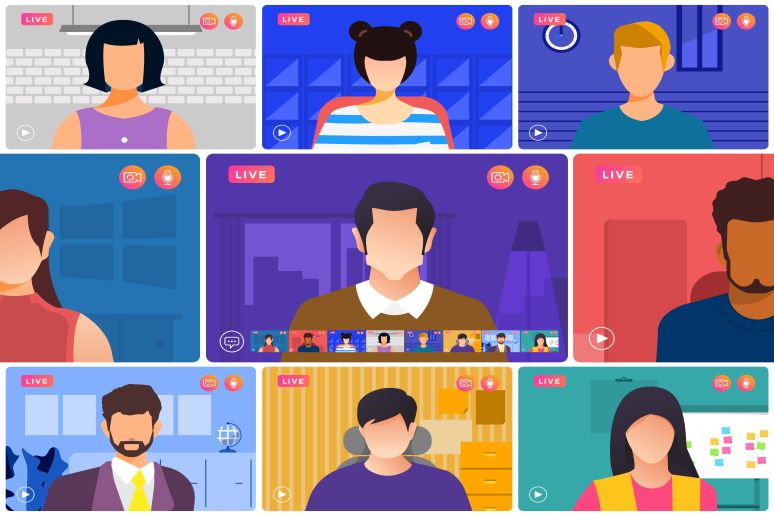Video has become embedded in our everyday working life in recent months — and it’s not going away anytime soon. For many employees working remotely due to COVID-19, video meetings are the main method by which they connect with colleagues and customers. Body language and facial expressions add a welcome dimension to collaboration and teamwork at a time when many are socially isolated and missing the normal interactions of daily life.
Video meetings facilitate valuable new ways of working that will be woven into the fabric of the future workplace. Here are five ways video meetings are set to become part of office life as lockdown eases:
1. Widespread remote working will continue
Employees have proved they can work productively from home and have welcomed the break from the daily commute.
As life gradually returns to normal, many employees will welcome the opportunity to continue spending all, or part of, their working life away from the office. Not having to commute saves them money and gives them more time to spend with family.
Employers will also realize the cost savings to be gained by reducing office space, and as the economy picks up again, the opportunity to recruit from a wider talent pool, unconstrained by distance.
2. Ability to streamline many workflows and business processes
Not only does video make meetings more productive, when used for training it enables a company to reach more participants at a lower cost. Screen-sharing visual materials during meetings can help speed up project delivery, especially for teams with an international dimension.
As we all become used to the ease and convenience of video communications, we can expect it to be embedded in many more business processes. Claims adjusters in the insurance industry, for example, can use video to communicate directly with customers and even view property damage. And telemedicine will become a lifeline for many.
3. Workforce communications
Video meetings have made us all more accessible to each other, transcending barriers presented by geography and going far beyond traditional written communication. Innovative leaders who want to keep their workforces motivated and engaged during what could be turbulent times ahead will use video meetings to stay in touch and inspire their employees.
4. Collaboration-centric improvements
The need to facilitate home working overnight has meant that in the short term companies have encouraged employees to use whatever devices and tools are available to connect them with co-workers and corporate systems. In the future, however, there will be a new emphasis on equipping workers to work from anywhere, which will mean selecting the right device for the needs of the employee. Think smartphones, tablets, and lightweight laptops rather than traditional desktop PCs. The office environment is also likely to see a radical shift, becoming more of a hot-desking hub, equipped with state-of-the-art meeting rooms where workers can get together for meetings.
5. Artificial Intelligence (AI) will enable even more productivity
Meeting AI was already beginning to make headway to enable more productive video conferencing before Covid-19. But now as video meetings become embedded in the workplace, features such as automatic transcripts and voice-controlled meeting management apps like Cisco Webex Assistant will transform the meeting experience. Meeting AI will free us from routine tasks such as taking notes, sending meeting invites, and finding documents.









